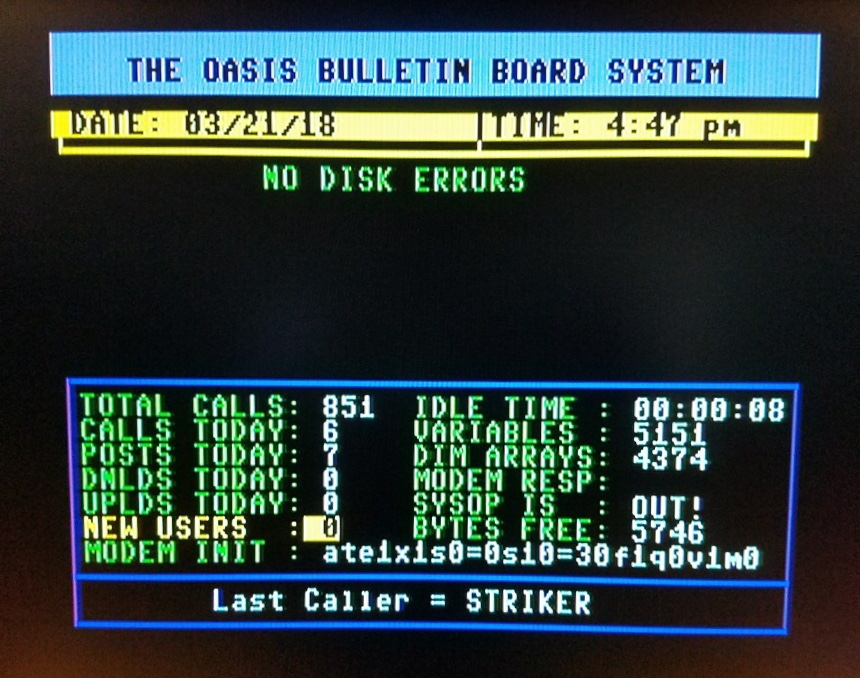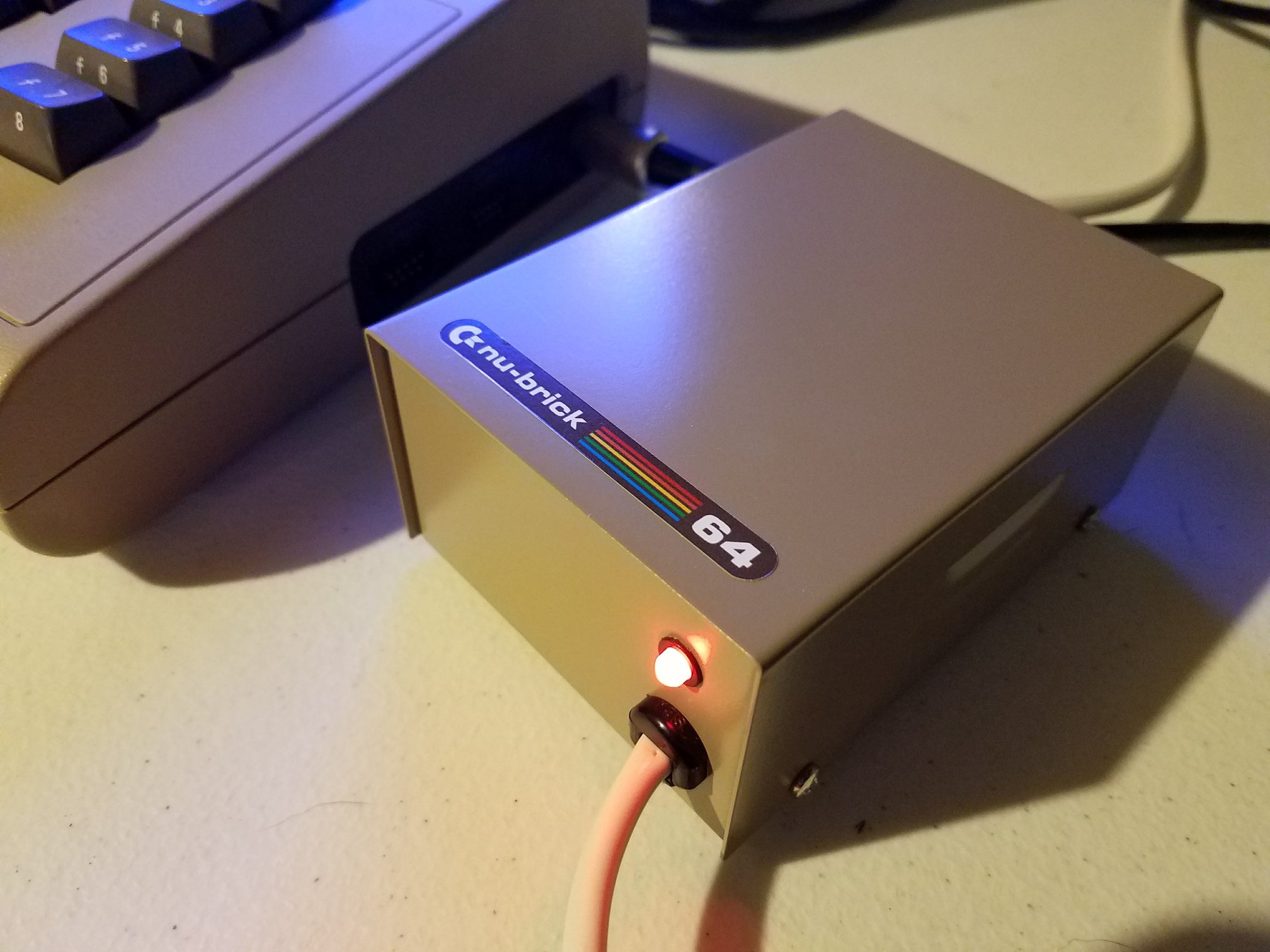In a recent video, 8Bit Retro Refix dives into the notorious reliability issues of Commodore’s Programmable Logic Arrays. C64 PLA failure has been a persistent issue for Commodore 64 owners since the system’s early days. The PLA chip, responsible for handling memory and logic functions, often gave out due to internal corrosion caused by outdated manufacturing methods. This flaw left many C64 machines unreliable, sparking decades of discussion and experimentation around why these chips fail and what can be done to keep the hardware alive.
The Chemistry Behind the Problem
Why were Commodore-manufactured PLAs so prone to failure? The answer lies in the manufacturing process. Dan Morris, a former manager at Commodore’s chip fabrication facility in California from 1981 to 1985, revealed that internal corrosion was a key issue. This was caused by an imbalance of boron and phosphorus used in the silicon softening process. While adding more boron improved silicon flow during manufacturing, it also increased the risk of the boron interacting with and corroding the aluminum inside the chip.
Bil Herd, a former Commodore engineer, has often pointed out that the chemical processes in Commodore’s foundries were less consistent than those of their competitors. This inconsistency led to variability in chip longevity, with some failing faster than others. In some cases, PLAs could degrade even when not in use, as exposure to heat and regular operation only served to accelerate the chemical reactions responsible for the damage.
Early Alternatives Held Up Better
Interestingly, certain early chips used in Commodore systems demonstrated better longevity. Machines equipped with an 82S100 PLA, Fairchild 93459, or Philips PLS100 are likely to still have functioning PLAs today. These chips didn’t suffer from the same chemical instability that plagued Commodore-branded PLAs. However, if your Commodore 64 still relies on a PLA with a Commodore part number, its functionality might be on borrowed time.
Modern Solutions for PLA Replacement
To address the fragility of original PLAs, enthusiasts and engineers have developed several modern replacements. Popular options include:
- SuperPLA
- realPLA
- U17 PLAnkton
- PLAtinum
- neatPLA
- PLA20V8 (also known as GAL-PLA)
Among these, the GAL-PLA has become a favorite for its balance of reliability and affordability. This solution is built around GAL 20V8B chips from the 1990s, mounted on a small PCB. While the GAL chips are no longer produced, they remain widely available on the secondary market and offer a cost-effective replacement option. Many users, including the video’s host, have reported excellent results with this design.
Conclusion
Commodore’s original PLAs were a product of their time, affected by the limitations of their manufacturing processes. Fortunately, today’s retro computing enthusiasts have access to durable and affordable alternatives that keep these beloved machines running. Whether you’re a collector or an active user, upgrading to a modern PLA replacement is a practical step to ensure the longevity of your Commodore 64.







